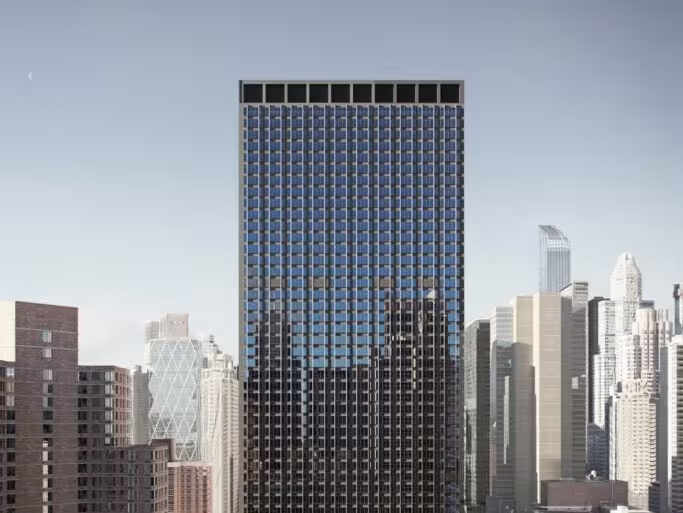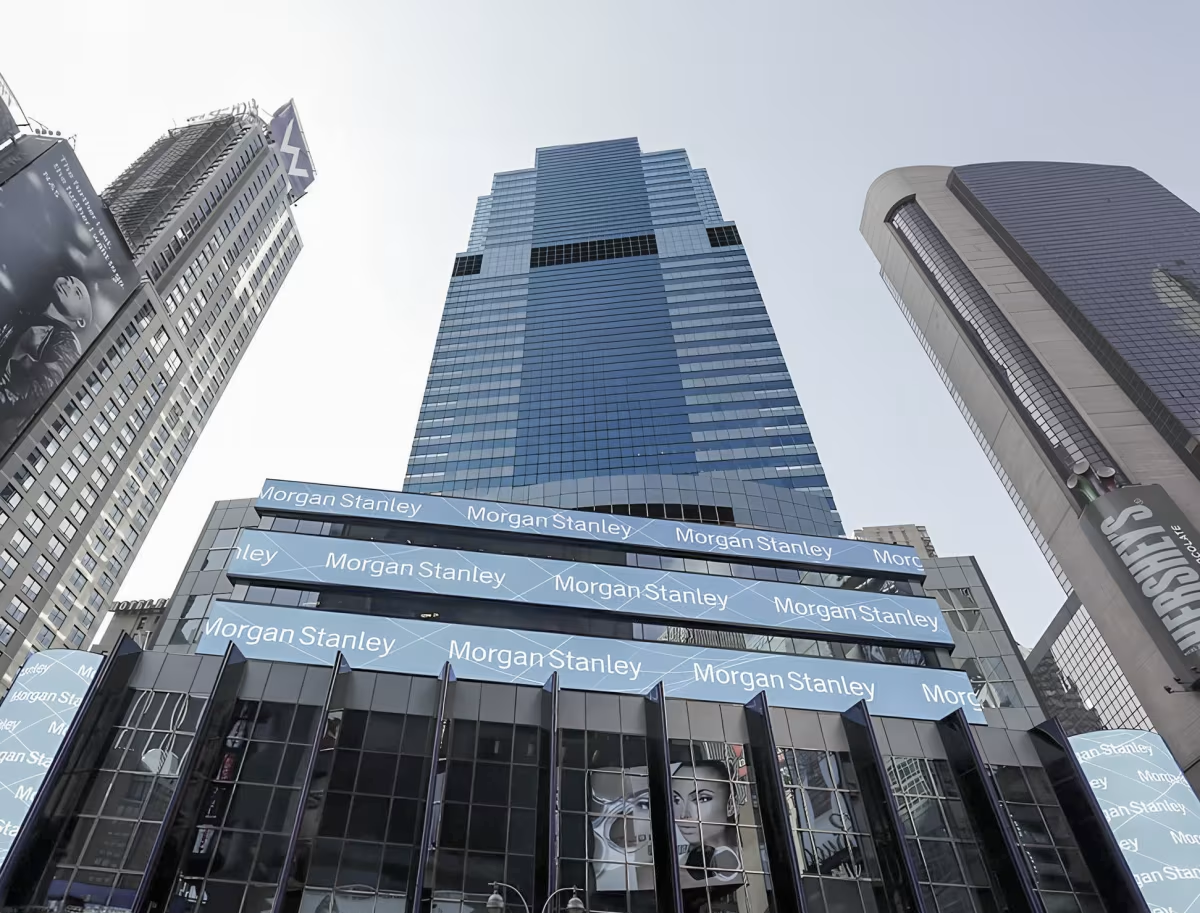Paramount Plaza vs 1585 Broadway Building


Comparing the Paramount Plaza and the 1585 Broadway Building is particularly interesting because they share the same skyline in New York, NY, and were both designed by Emery Roth & Sons. However, they were completed more than 19 years apart.
This offers a unique perspective on how the architect's style and the city's architecture evolved over time.
Height & Size
These two towers present an interesting contrast in their proportions. The 1585 Broadway Building rises higher at 686ft (209m), while the Paramount Plaza reaches 669ft (204m). However, the Paramount Plaza accommodates more floors with 48 levels above ground, compared to 42 floors in the 1585 Broadway Building.
This suggests different approaches to interior space design. The 1585 Broadway Building has an average floor-to-floor height of approximately 5m, while the Paramount Plaza has more compact floors averaging around 4.3m each. The taller building's more generous floor heights might indicate grander interior spaces, higher ceilings, or different programmatic requirements.
These different proportions likely reflect the specific needs each building was designed to serve, whether driven by zoning regulations, client requirements, or the intended use of the spaces within. The contrast shows how architects can achieve different spatial experiences even when working with similar overall building scales.
Architectural Style
The Paramount Plaza was designed in the International Style style, while the 1585 Broadway Building reflects the principles of Postmodernism.
The Paramount Plaza represents a late expression of the International Style, a style already in decline in 1971 when it was completed. By contrast, the 1585 Broadway Building followed the then mainstream Postmodernism, embodying the dominant architectural direction of its time.
Uses
Both the Paramount Plaza and the 1585 Broadway Building were designed to serve as commercial towers, and that has remained their main use since their completion, serving similar roles in the urban fabric.
The Paramount Plaza also provides 200 parking spaces.
Structure & Facade
Both the Paramount Plaza and the 1585 Broadway Building rely on a Frame structural system.
A frame structure uses a grid of columns and beams to carry the building's loads. This frees the walls from structural duties, allowing for flexible floor plans and larger windows.
They also employ the same type of facade, a Curtain Wall facade.
A curtain wall is a non-load-bearing facade hung from the structural frame. It is anchored to floor slabs and transfers only its own weight and wind loads, allowing for sleek, glassy exteriors.
| Paramount Plaza | 1585 Broadway Building | |
|---|---|---|
| Emery Roth & Sons | Architect | Emery Roth & Sons |
| 1967 | Construction Started | 1989 |
| 1971 | Year Completed | 1990 |
| International Style | Architectural Style | Postmodernism |
| Commercial | Current Use | Commercial |
| 48 | Floors Above Ground | 42 |
| 204 m | Height (m) | 209 m |
| 232258 | Built-up Area (m²) | 121000 |
| Frame | Structure Type | Frame |
| Steel | Vertical Structure Material | Steel |
| Concrete, Steel | Horizontal Structure Material | Concrete, Steel |
| Yes | Facade Structural? | No |
| Glass, Steel | Main Facade Material | Aluminum, Glass |
| Uris Buildings Corporation | Developer | Solomon Equities |
| NY | State | NY |
| New York | City | New York |
| 1633 Broadway | Address | 1585 Broadway |